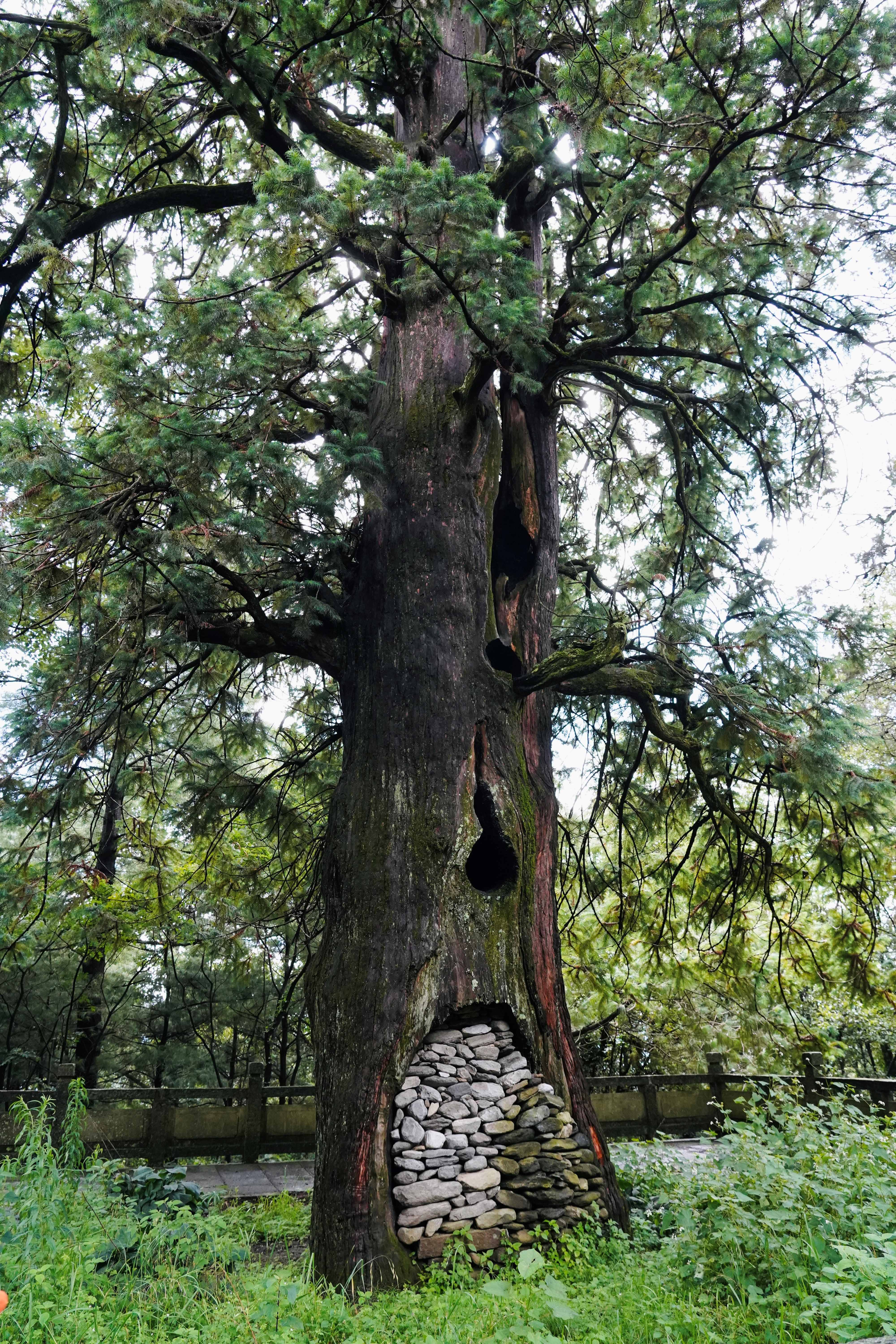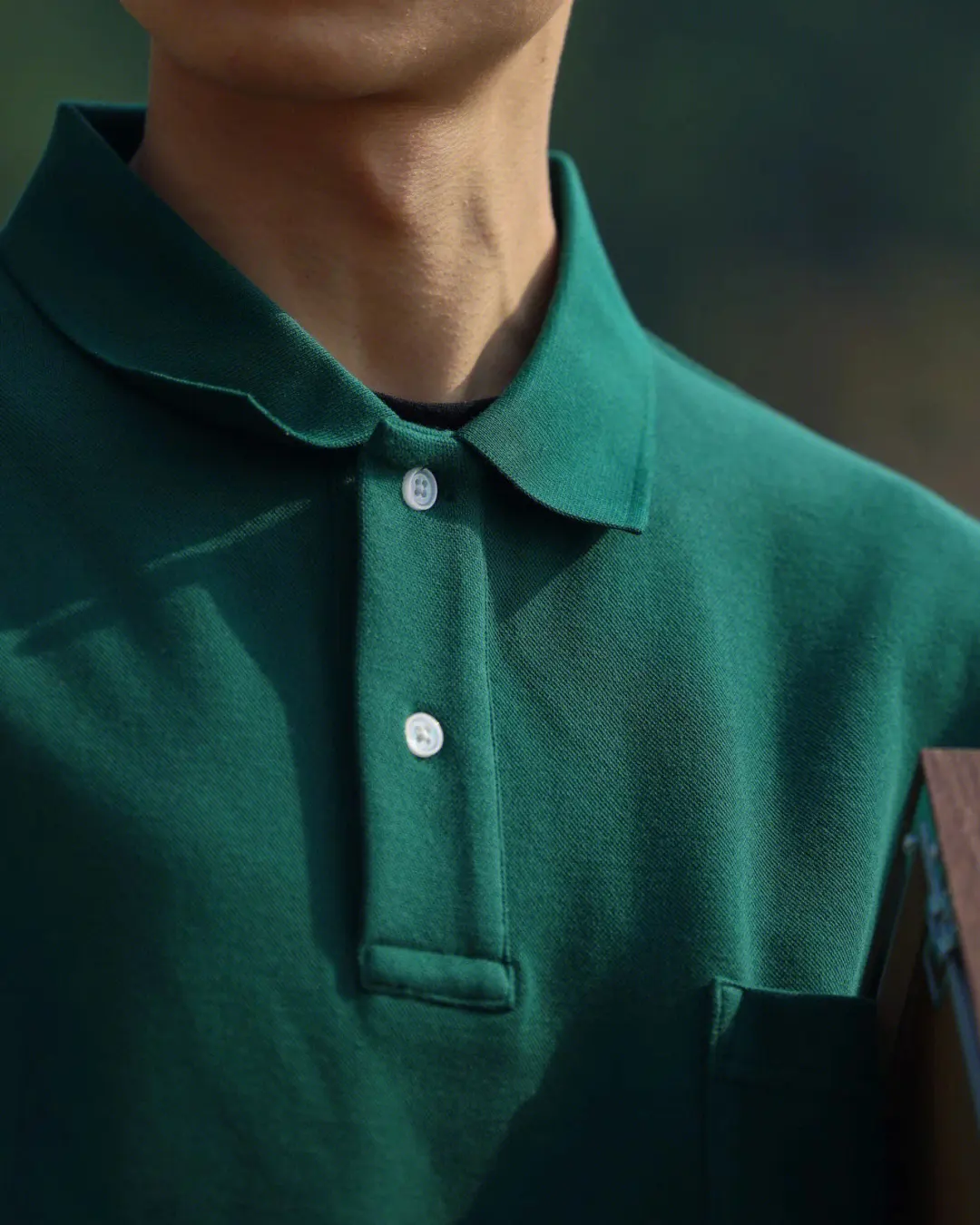 Esperanto
Esperanto
 Shqiptare
Shqiptare
 Euskara
Euskara
 Zulu
Zulu
 Latinus
Latinus
 Cymraeg
Cymraeg
 தமிழ்
தமிழ்
 Slovak
Slovak
 Slovak
Slovak
 Afrikaans
Afrikaans
"21st century green fiber" Lyocell multi-field "out of the circle", the market prospects are still broad.
Time:
2024-04-07
Source:
With renewable plant wood pulp as raw material, processing technology is environmentally friendly, and waste can be degraded. Lyocell fiber is such an excellent product, and it is also known as "the green fiber of the 21st century".
With the application of domestic lyocell fiber in various fields, the lyocell fiber industry chain is ushering in vitality.
Promoting the high-quality development of the Lyocell fiber industry is an important starting point for the chemical fiber industry to practice the concept of sustainable development. Then, what are the new developments of the leading enterprises of Lyocell fiber? What is the application of Lyocell fiber in different downstream fields? What is the market growth point of Lyocell fiber in the future?
Lyocell industry ushered in a period of rapid development
In recent years, the market size of Lyocell fiber has grown rapidly, and the head enterprises have also burst into vitality.
Zhang Zixin, Secretary-General of the Lyocell Fiber Branch of the China Chemical Fiber Industry Association, introduced: "In 2023, the annual output of domestic lyocell staple fiber exceeded 300000 tons, and the domestic apparent demand increased by about 80% year-on-year. It has gradually developed into the mainstream chemical fiber product."
"In particular, Fusel, Jessel and other products have solved the technical bottleneck of the domestic Lyocell fiber industry and can be widely used in home textiles, knitting, high-end women's clothing and industrial fields." Yu Shunping said.
Sateri Group is affiliated to Singapore Golden Eagle Group. In recent years, Sateri Group has continuously increased the development of Lyocell fiber, continued to expand the production scale, and strengthened in-depth cooperation with downstream partners to continuously expand the application field of Lyocell fiber. At present, it has built a number of lyocell fiber factories in Shandong, Jiangsu and other places. The annual production capacity of lyocell fiber has increased to 250000 tons, and there are plans to put into production one million tons in the future.
Since the beginning of the year, China's lyocell industry has made important breakthroughs, laying the foundation for the rapid development of domestic lyocell. In 2023, China's total Lyocell production capacity increased by 51.88 percent year-on-year to 645500 tons; Lyocell production increased by 167 percent year-on-year, about 320000 tons. China's lyocell industry has made a breakthrough in the release of production capacity and has become one of the largest production bases in the world.
It is worth noting that the production capacity and output of Lyocell in Jiangsu Province, Shandong Province, Hubei Province and Henan Province have increased significantly in 2023, and the total production capacity of the four has reached 84.43. Among them, Jiangsu Province, as an important base of China's textile industry, Lyocell industry is developing rapidly, and the release of production capacity is relatively stable. Shandong, Hubei, Henan and other places are also actively deploying investment in the development of Lyocell industry, and continuously improving production capacity and product quality through policy support and technology introduction. Not all of these capacity will be released in 2023, some are still in the process of commissioning, and are expected to be officially put into use in 2024.
The rapid growth of Lyocell production is due to the technological progress of the Lyocell industry itself and the continuous investment of capital. At the same time, the downstream spinning industry and weaving industry have also played a positive role in the repositioning and cognition of domestic lyocell. In this year, the market's awareness of lyocell fiber has been significantly improved, and it is no longer limited to replacing cotton or viscose staple fiber, and it is no longer just spinning lyocell staple fiber into high count yarn. More and more downstream developers are trying to blend lyocell staple fibers from different companies, and even blend lyocell with wool, hemp, cotton and other textile raw materials to achieve the ideal product style.
Through the comprehensive analysis of lyocell fiber production capacity, output, import and export situation, price trend and other aspects, we can see that China's lyocell industry is ushering in a golden period of development. Under the dual drive of policy support and market demand, the lyocell industry will continue to maintain a high-speed development trend. Under the heavy drive of the rapid development period of the lyocell industry, the lyocell industry will continue to maintain a high-speed development trend, injecting new impetus into the green and low-carbon development of China's textile industry. In the future, with the further release of production capacity and the continuous growth of the industry, my country's Lyocell industry is expected to play a more important role on a global scale.
Vortex Spinning Widens "Track"
Spinning is the main downstream application area for lyocell staple fibers.
The "2024 Lyocell Fiber Application Trend Report" (hereinafter referred to as the "Report") recently released by the Lyocell Fiber Branch of the China Chemical Fiber Industry Association shows that in 2023, the China Cotton Textile Industry Association and the China Chemical Fiber Industry Association jointly carried out Special research on the application of regenerated cellulose fiber. The research covers 80% of the top 40 enterprises in the "China's non-cotton yarn products operating income ranking list in 2022", involving a production capacity of more than 20 million ingots. Among the spinning enterprises surveyed, about 74% have tried to use lyocell fiber, about 45% have controlled the proportion of lyocell raw materials at about 10%, and 30% have controlled the proportion of lyocell raw materials at 20%-30%.
The Report shows that the choice of raw materials from the yarn mills is good. On the one hand, cotton is still the first choice for cotton spinning enterprises, with 41% of the yarn mills taking cotton as the first choice. The second is viscose staple fiber, accounting for about 37%. Lyocell fiber is still relatively small overall, accounting for about 5%. But on the other hand, if the second choice of spinning enterprises is analyzed, the tendency of enterprises to choose polyester staple fiber and lyocell fiber is greatly improved, of which polyester staple fiber accounts for 37% and lyocell fiber accounts for 26%.
Zhang Zixin said: "Although the proportion of lyocell fiber in spinning raw materials is still relatively small, the development, production and application of lyocell fiber yarn is a hot spot in the industry. With the rapid growth of domestic lyocell fiber production, the development of lyocell yarn is also showing a trend of blooming flowers. More and more cotton spinning companies are spinning pure cotton or other fibers, trying to switch to pure spinning or blended lyocell fiber to meet market demand and increase the added value of products."
Why can an originally narrow "track" suddenly become wide and full of vitality in just a few years? An important reason is the large number of applications of the vortex spinning process.
Vortex spinning itself has the advantages of short process, high efficiency and high degree of automation. Lyocell fiber has high strength and can be better adapted to the spinning process of vortex spinning in spinning. The introduction of lyocell fiber has greatly broadened the application field of air-jet vortex spinning yarn products, and the unique high strength characteristics of lyocell fiber complement the efficient vortex spinning process.
Liu Tao, Vice President of Sedley Group, said: "For the vortex spinning process, Sedley has introduced customized lyocell fibers to help spinning companies improve yarn quality, increase production efficiency and reduce component loss. This not only improves the quality of yarn products, but also brings significant economic value to the industry. In the field of knitting, Sedley has also made a major application breakthrough this year."
Jingyi Group is an important user of Sedley Lyocell fiber. Jingyi Group is located in Shengze, Jiangsu Province. It is a comprehensive enterprise integrating spinning, weaving and international trade. It is mainly engaged in vortex spinning line and is one of the benchmark enterprises in vortex spinning line industry. Jingyi Group has been focusing on the use of environmentally friendly materials, adhering to the product development concept of "green, healthy, low-carbon and environmentally friendly", continuously exploring new product research and development, and developing many new yarn varieties.
"Lyocell fiber can be automatically joined by vortex spinning without neps, and its production efficiency is improved compared with traditional spinning. At present, it has shown excellent adaptability in downstream applications such as home textiles, sweaters and jeans." Hu Liwei from the market development department of Jingyi Group said, "Lyocell fiber has shown strong market vitality in the field of jet vortex spinning."
Chen Keqin, chairman of Jingyi Group and chairman of the jet vortex spinning industry branch of China Cotton Textile Industry Association, said: "Lyocell fiber broadens the application field of vortex spinning and gives the vortex spinning yarn green and comfortable characteristics."
At the same time, the lyocell fiber uses vortex spinning, the yarn hairiness is less, there is a bone feeling, the woven fabric surface is clean, the texture is good.
Li Xiaoqin, Marketing Director of Setley Group, said, "Fabrics made using lyocell yarn combined with various weaving processes can be elegant, silky, draped or cotton-like; soft or bony, with a variety of fabric styles. The company's lyocell fiber has been used in a variety of conventional spinning processes to achieve multi-category basic applications."
In addition, there is a certain price difference between lyocell fiber and cotton, which has also become an important driving force for industrial chain enterprises to expand the application of lyocell fiber.
Dong Kuiyong, president of the China Cotton Textile Industry Association, said that as a naturally degradable plant-based fiber, lyocell fiber adds green and fashionable elements to pure spinning and blended yarns, and meets the requirements of the consumer market for green and fashionable textiles. Leading enterprises adhere to scientific and technological innovation and new product research and development, show the innovative achievements of new materials and new applications to the market, and bring the unique experience of vortex spinning lyocell fabrics to the majority of end consumers, which not only enriches the market choice, but also injects new vitality into the innovation and development of the industry.
Lyocell Industry Outlook 2024
In 2023, China's Lyocell industry has made remarkable progress, and two key problems have been effectively solved. First of all, with the 60000~100000 tons of single-line production equipment more and more, and some 150000 tons of single-line is being designed and constructed, which marks the lyocell fiber production process in China is maturing, the investment threshold is also decreasing. Secondly, the localization of lyocell-grade dissolving pulp and NMMO solvent has made a further breakthrough, which provides strong support for the localization of lyocell fiber.
On this basis, China's lyocell industry is expected to achieve a leap in production capacity in 2024. It is predicted that 260000 tons of lyocell capacity will be built and put into production for the whole year. Among them, the Lyocell production line of Sichuan Seria Group is planned to be put into use in mid -2024. This indicates that China will add a new enterprise with both viscose fiber and lyocell fiber production capacity. Traditional viscose staple fiber manufacturers are expected to take this opportunity to gradually join the domestic lyocell camp.
With the continuous expansion of production capacity, the smoke of the price war in the lyocell fiber market in 2024 seems inevitable. Although most enterprises realize that price war is not a long-term solution to promote the development of the industry, it is inevitable to face the release of production capacity in the short term. Therefore, in 2024, China's Lyocell industry should focus on accelerating market positioning, digging its commercial value and ensuring the sustainable development of the industry.
First of all, it is necessary to strengthen the product promotion of lyocell fiber, improve the market's awareness of its environmental protection, comfort and other advantages, and clarify its positioning in the market. In recent years, in order to achieve the major strategic decision of carbon peak and carbon neutrality, China's textile industry has increased the research and development of bio-based and degradable materials. The rapid expansion of lyocell fiber production capacity, on the one hand, stems from the market demand caused by consumption upgrading, on the other hand, it also conforms to the trend of sustainable development.
Secondly, improve the production technology of lyocell fiber, reduce production costs, and enhance its competitiveness in the market. At the same time, the industry should accelerate the docking with the upstream industry, further optimize the production process and quality of lyocell-grade dissolved pulp and NMMO solvent, to ensure that the upstream can achieve supporting while expanding its own production capacity.
Thirdly, guide the market buyers to change their ideas, abandon the thinking of low-price competition, and look at the value of lyocell fiber from a long-term perspective. Companies can find their own Lyocell fiber conversion paths and products according to their own process conditions and product quality.
In addition, the industry needs to continue to explore and develop new markets, improve the market recognition of lyocell fiber, so that it can be more widely used in environmental protection, fashion, comfort and other aspects. At present, the Chinese government's support and encouragement policies for the green industry provide favorable conditions for the development of the Lyocell fiber industry. The industry should seize this opportunity, strengthen technological innovation, improve product quality, and make breakthroughs in various fields of the textile industry to meet the growing needs of the market and consumers.
In 2024, under the premise of the substantial growth of Lyocell's production capacity, the industry should pay attention to the risk of price war and how to achieve sustainable development through market positioning and commercial value mining. In this process, it is necessary to strengthen cooperation within the industry to jointly promote the Lyocell industry in China to a new peak.
Related News
2024-04-07 16:51
What is digital direct injection t-shirt printing?
Digital direct injection T-shirt printing is the use of inkjet printer's micro piezoelectric print head to the textile special ink jet on the surface of the fabric, and penetrate into the fiber and solid color printing new technology. This printing method subverts the traditional printing process that has been passed down for thousands of years. It can directly control the printing through the computer, which is convenient and fast, and can show richer colors and more details.
2024-04-07 16:51
The polo shirt is stylish and light. It's methodical.
When it comes to polo shirts, do you still have the impression of those successful entrepreneurs? Think it is a business style item exclusively for mature men? If so, then you look down upon polo shirts.







